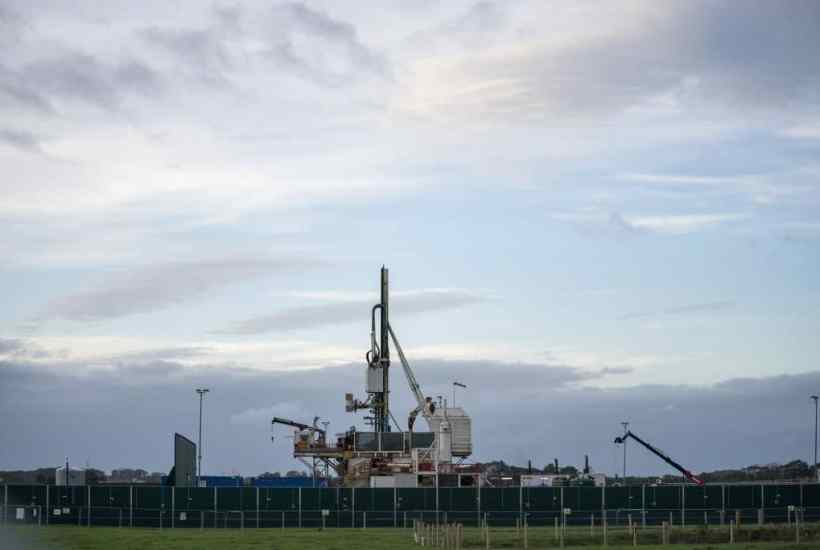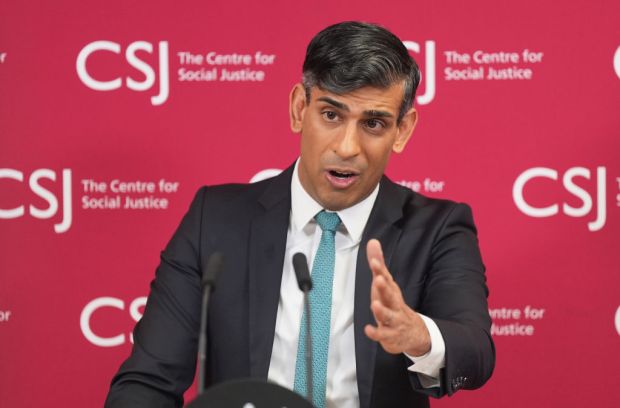This week the fracking company Cuadrilla announced that it was permanently closing its two shale mines in Lancashire, after the Oil and Gas Authority (OGA) declared that shale gas companies must seal up the wells they had drilled and return the land to nature.
It is, on the face of it, a very strange step to take at this time. The wells have not been producing any gas for some years, of course, ever since environmentalists launched their scare campaign against the industry. It was a campaign that was astonishing in its brazenness. Tiny earth tremors recorded near the wells, of a scale that is entirely normal in, say, the mining industry or in geothermal energy developments were rebranded by activists ‘earthquakes’. The chemicals used – all licensed as entirely safe by the Environment Agency – were declared to be dangerous poisons. In one particularly egregious case, householders were given leaflets which claimed that the gas companies were going to use industrial quantities of a known carcinogen called ‘silicon dioxide’. That’s sand, in common parlance.
And just as they have always done, environmental correspondents across the mainstream media relayed it all to a mostly credulous public, with not a note of doubt raised.
The aim of the campaigners and their media allies was to destroy the industry before it took off, or at least to have it regulated into irrelevance. At first, the government held its ground, but with the media in full chorus that didn’t last for very long. After drilling operations caused a pair of microtremors (of a size somewhat smaller than a lorry rumbling past your window) the scaremongering reached a new intensity. Stories were circulated to the media that homes had been damaged. These claims were later shown to be baseless, but by then the government had had enough, and their resistance crumbled. New rules were put in place that made operators stop work if they caused even a tiny earth tremor. The so-called ‘red light’ level was set so low – far below anything detectable – it was said that if you wanted a long weekend, all you had to do was drop a spanner on the drilling pad on Thursday evening.
The government was making it abundantly clear that they had decided they could do without onshore gas (or at least the political flak that came with it) a message that was reinforced by the fact that no other industry that caused earth tremors had to operate under the same strictures.
Soon afterwards, an outright moratorium followed, and the wells have sat idle ever since. Three years on, however, we are in a very different political landscape. Covid was bad enough, but we are now in danger of being overwhelmed by an energy price crisis too. Unusually for the energy and climate arena, everyone is in agreement: the proximal cause of the crisis is the price of gas, which has surged as the world recovers from the pandemic. Heating bills have shot up in response, and because the market price for electricity is set by gas turbines, there has been a knock-on effect on power prices.
If high gas prices are the problem, then reasonable people might conclude that the solution would involve delivering lower prices, which in turn would mean increasing the supply. Of course environmentalists will say that we should instead build more windfarms and install more heat pumps, but these projects would take several decades to deliver, so they are of little help in the near future. And even in the rather longer term, they would still not help, because market prices are set by gas turbines (the marginal generator, in the economic jargon); that’s why they are currently so high.
That means that the only way out of the crisis in the next few years is to drive down the cost of gas. An increase in the domestic supply would help, because it would enable us to replace some of our more expensive imports, and in particular liquefied natural gas.
This being the case, how can we explain the decision to seal the wells up? In fact, it makes sense if you take a look at the OGA’s remit. In this extraordinary document, you will find no mention of any duty to ensure that operators aren’t cutting corners. There is nothing about making sure that they deliver for consumers, nor even anything about national energy security (another issue of pressing urgency, given Mr Putin’s machinations). Instead, the role that government has given it revolves entirely around delivering Net Zero. Put bluntly, the OGA is more about closing the industry down than regulating it.
When the price cap on domestic energy bills is lifted in a few weeks’ time, there is likely to be a great deal of anger. If people learn that the government’s political cowardice has been making things worse, a major political backlash is on the cards.
Got something to add? Join the discussion and comment below.
Get 10 issues for just $10
Subscribe to The Spectator Australia today for the next 10 magazine issues, plus full online access, for just $10.


















Comments
Don't miss out
Join the conversation with other Spectator Australia readers. Subscribe to leave a comment.
SUBSCRIBEAlready a subscriber? Log in